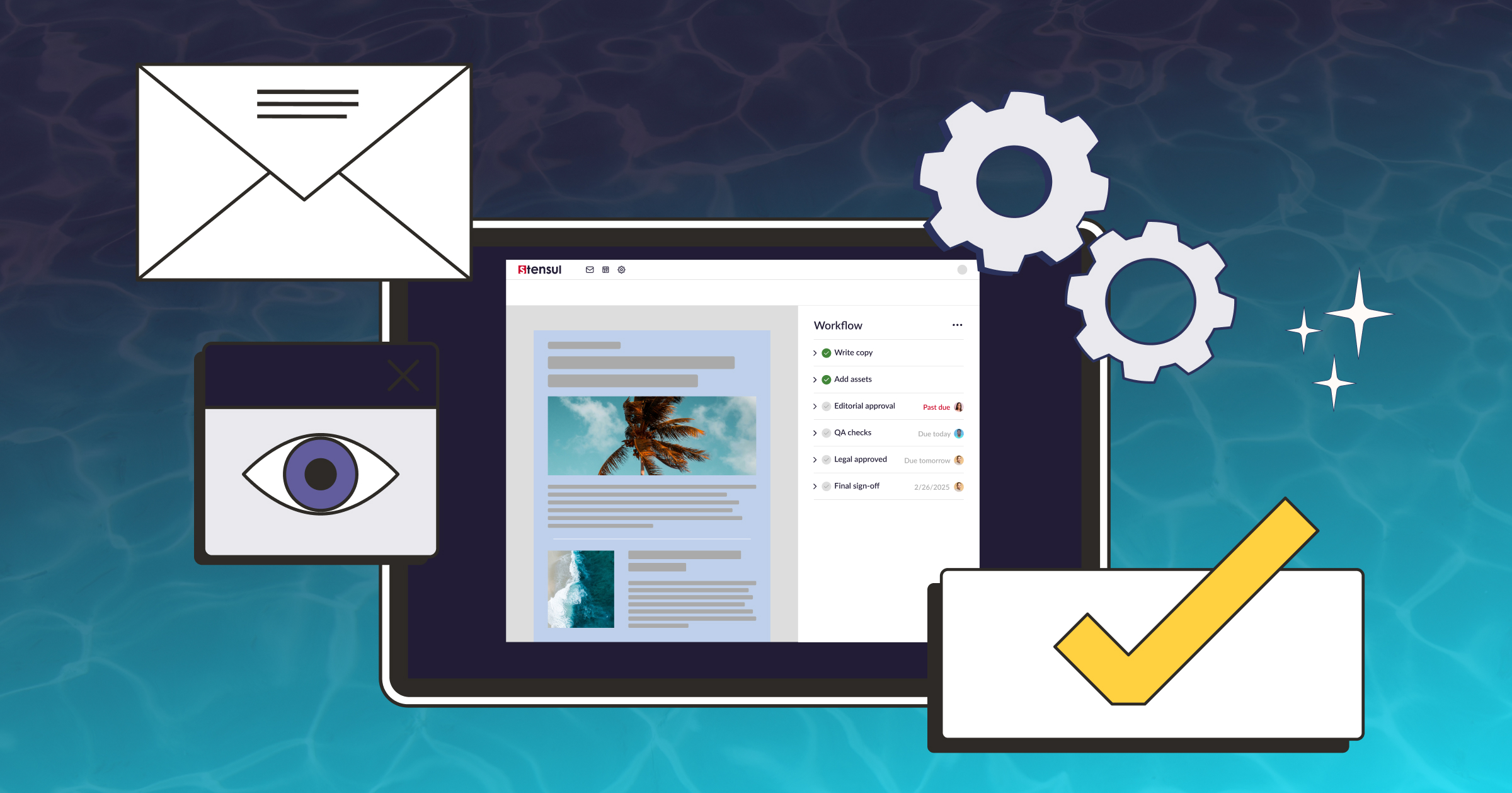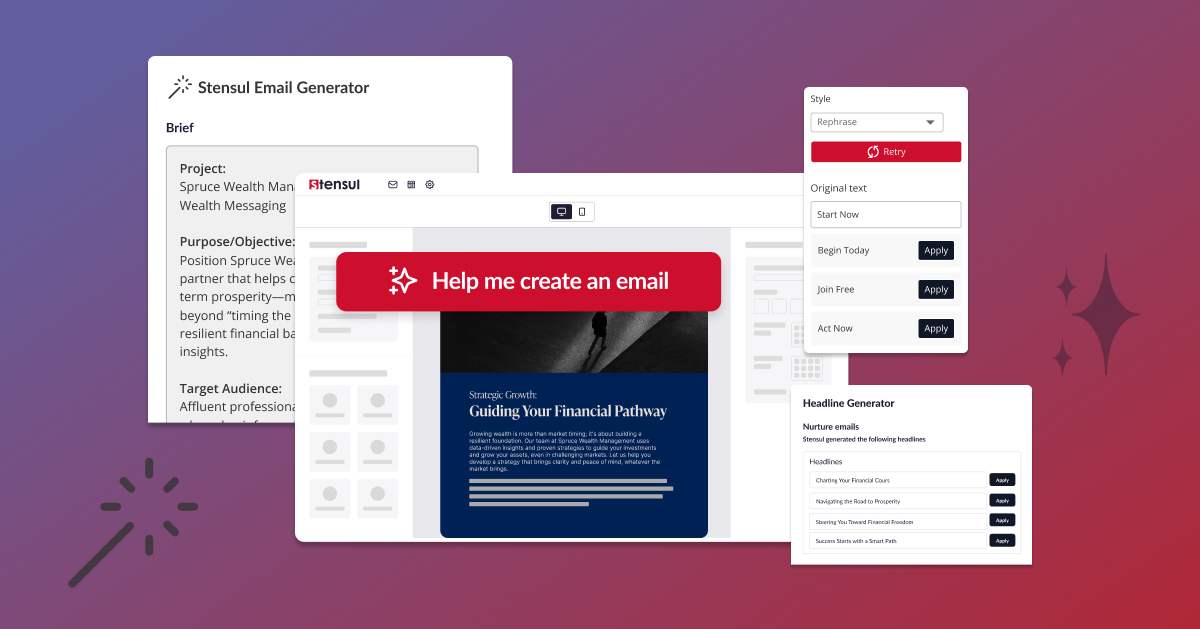A fast-loading landing page is crucial to your email marketing program. It’s where you can get subscribers to say “yes” to your offer, assuming they clicked on the CTA in your email. But what if that landing page does not load quickly? What happens then? That’s what this post will explore.
When subscribers click on CTAs in emails, they expect to be taken to a landing page where they can do something—whether it’s sign up for a newsletter, register for a webinar, reserve a spot at a party, buy something, or see “exclusive” information about a new service your brand will provide.
The primary aim of a landing page is to get your target to take the next step to become engaged even more with your brand or product.
It’s been suggested that an effective landing page is a careful blend of design and psychology. Design focuses on leading subscribers through the landing page—from headline to CTA—in an easy, logical path that is as frictionless as possible and contains just the right amount of motivation to seal the deal, whatever that might be.
Interestingly, the average conversion rate—across all industries—is 2.35%. That underscores the reason creating a high-converting landing page takes work. The reality is one of the biggest challenges to achieving terrific conversion rates on your landing pages has little to do with design and practically nothing to do with psychology.
That challenge is the speed your landing page loads—that i s, displays correctly so subscribers can see your offer and act on it.
People have little patience for slow-loading landing pages
The English poet William Langland wrote, “patience is a virtue” in 1360. Obviously, he had no idea how little patience people have today in this digital era, especially when it comes to the time it takes for a page to load.
Both prospects and customers get impatient blindingly fast. If your landing page doesn’t load in seconds, there’s an excellent likelihood you’ve lost them.
A faster page load equals a higher conversion rate
One study found a one-second delay in page load time can result in a 7% reduction in conversions. Another analysis determined the faster a landing page loads, the better the conversion rate. Pages that load in 1 second have a 5x higher conversion rate than those that take 10 seconds. One company found pages that loaded in 2.4 seconds had a 1.9% conversion rate, 3.3 seconds had a 1.5% conversion rate, 4.2 seconds had a <1% conversion rate, and 5.7 seconds had a 0.6% conversion rate.
Finding ways to have your landing pages take less time to load is worth your time. The evidence to do so is overwhelming, as these examples show:
- Walmart found that for every 1-second improvement in page load time, conversions increased by 2%.
- COOK, a UK-based meal-prep company, increased conversions by 7% by reducing page load time by 0.85 seconds.
- Mobify, a tech firm, found that each 100ms improvement in page load time resulted in a 1.11% increase in conversion.
Although the overall average conversion rate is 2.35%, the top 25% convert at 5.31% or higher. If you aim to be in the top 10% of landing pages, that group has conversion rates of nearly 12% or higher. Just imagine how fast their landing pages load and how well they’re put together.
Check your website, too
It’s important to recognize that page load speed reflects your website overall in terms of the site’s amount of code, the file size of images, and more. Your landing pages can’t load quickly if the site they’re sitting in is a sluggish performer when it comes to page load speed.
You can improve page loading speed by optimizing your images and reducing the site’s code density. In addition, you can use tools like Google PageSpeed Insights (PSI) to check your landing page’s speed and identify any improvement areas. PSI reports on the user experience of a page on both mobile and desktop devices and provides suggestions for how to improve that page.
To learn more about how to improve the conversion rate of your landing pages, download the Stensul eBook, The 10 keys to creating landing pages that generate terrific conversion rates.




